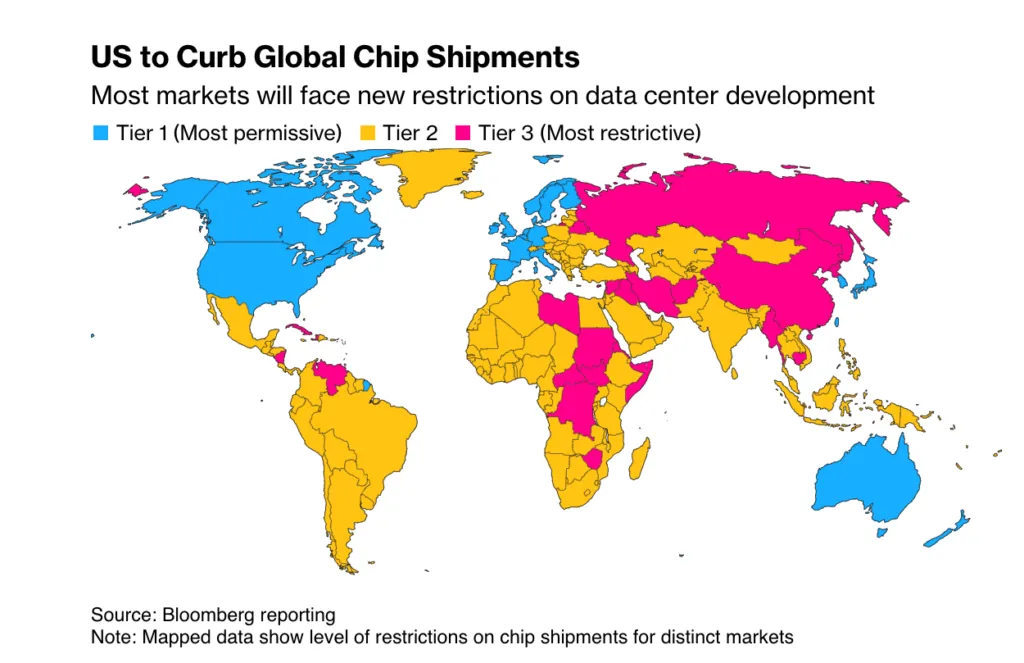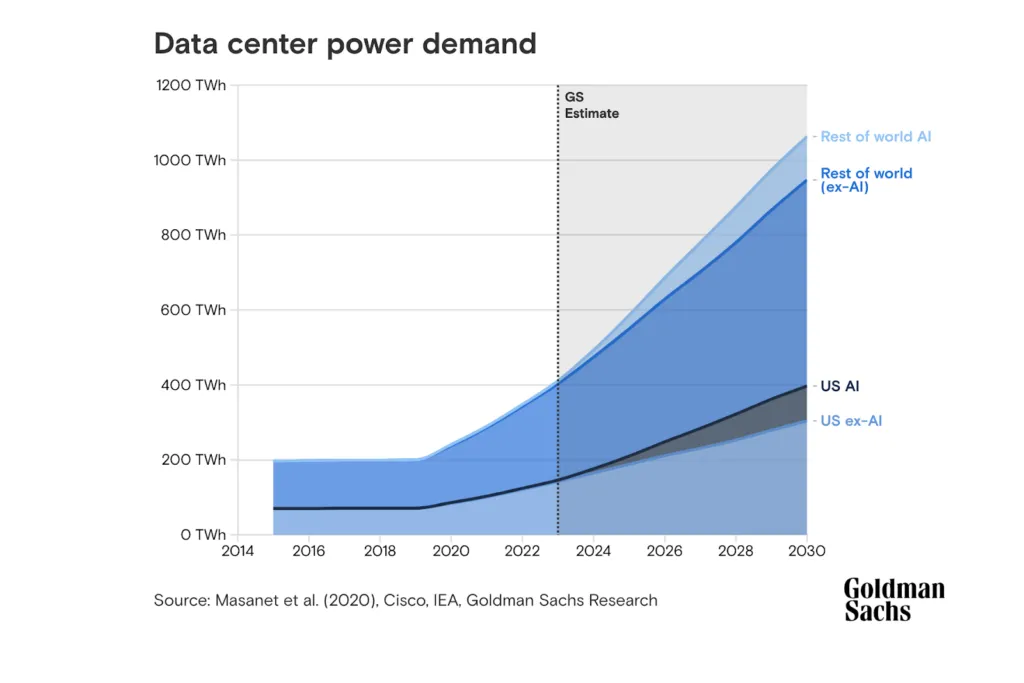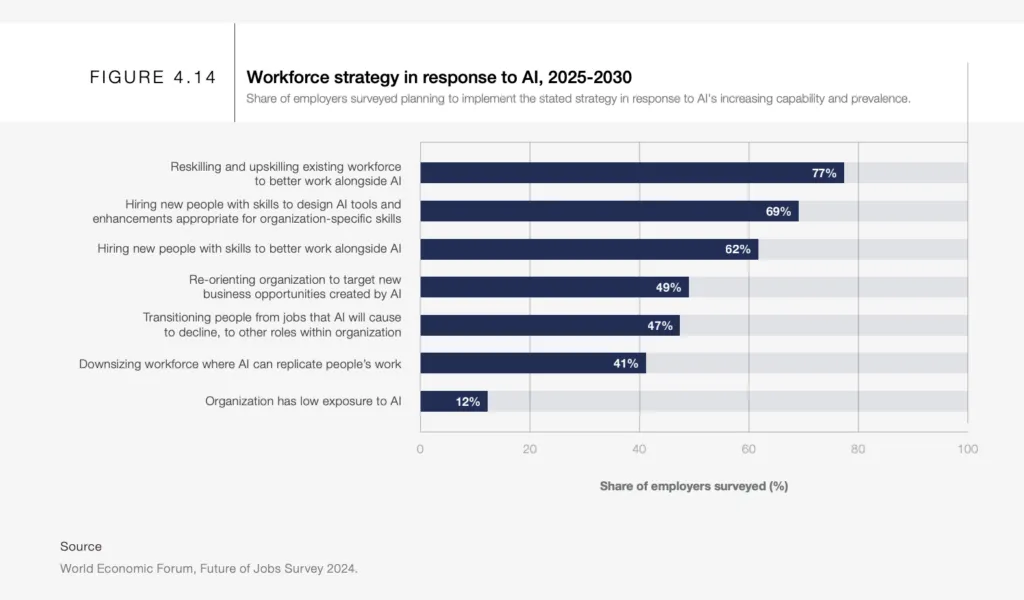Biden administration proposes tiered restrictions on AI chip exports
The Biden administration is making what appears like a final effort to implement measures that additional defend the substitute intelligence (AI) {hardware} and innovation developed and exported from the US.
The administration has proposed a brand new coverage that may go into impact as quickly as January 10, to restrict the distribution of semiconductors specializing in processing AI purposes.

The proposal introduces a three-tier rating system to control AI hardware exports. Tier One nations can proceed doing enterprise as regular with U.S.-developed AI {hardware} and don’t face any new restrictions. Tier Two nations face restrictions and are restricted to a most of fifty,000 graphics processing items (GPUs) per nation between 2025 and 2027, whereas Tier Three nations like China and Russia are prohibited from receiving AI-related {hardware} and mannequin weights.
This isn’t the primary time the Biden administration has acted to guard AI improvements from the US. The administration previously placed restrictions on the export of chips and software program developed in the US to sure nations, along with different measures they took to bolster the AI industry in the U.S.
These actions appear to be an effort to enhance the nation’s safety whereas placing measures in place that give the U.S. the higher hand in sustaining its aggressive edge in AI innovation.
Main know-how companies, notably these deeply impacted by the proposed coverage, have voiced considerations about this new proposal. Nvidia (NASDAQ: NVDA), which controls roughly 90% of the AI chip market, issued a public assertion opposing the restrictions.
“A final-minute rule limiting exports to a lot of the world could be a serious shift in coverage that may not cut back the danger of misuse however would threaten financial progress and U.S. management,” the corporate said. “The worldwide curiosity in accelerated computing for on a regular basis purposes is an amazing alternative for the US to domesticate, selling the financial system and including US jobs.”
Nvidia argues that the restrictions might stifle the financial potential of the AI trade and, extra importantly to Nvidia, the corporate’s personal income. Whereas the U.S. stays a worldwide chief in AI {hardware}, these limitations might disrupt provide chains and hinder financial progress.
Whether or not this proposal shall be applied stays unsure, and even when it does move, the upcoming shift within the White Home, notably beneath what is predicted to be a extra business-friendly Trump administration, might probably reverse these restrictions.
Information middle investments surge with AI demand
The race to develop knowledge facilities able to supporting cloud computing and AI operations proceed. This week, a number of funding bulletins highlighted the rising demand for AI infrastructure within the U.S. Trump announced that Emirati billionaire Hussain Sajwani could be investing $20 billion into the US in order that cloud and AI knowledge facilities may very well be inbuilt Arizona, Illinois, Indiana, Louisiana, Michigan, Ohio, Oklahoma, and Texas. Amazon Internet Providers (NASDAQ: AMZN) announced they might make investments $11 billion to develop their cloud and AI infrastructure in Georgia. On the similar time, Microsoft (NASDAQ: MSFT) revealed an $80 billion initiative to construct AI-enabled knowledge facilities globally, with roughly half of the funding centered on knowledge facilities in the US.

The demand for knowledge facilities stems from two main elements. First, AI operations are extraordinarily computation-intensive, requiring huge quantities of knowledge storage and processing energy. As AI fashions grow to be extra refined, the necessity for infrastructure to coach and run these techniques continues to develop. Goldman Sachs (NASDAQ: GS) projects that AI will account for about 19% of knowledge middle energy demand by 2028, emphasizing the growing position AI will play on this area—and fairly actually, the bodily area AI operations will take up in these knowledge facilities.
Second, knowledge facilities are seen as a steady funding with a transparent income mannequin. Regardless of the uncertainty surrounding profitability in the AI services market, knowledge facilities supply a gentle demand for storage and computation providers, guaranteeing a dependable return on funding. The persistent demand makes them a strategic asset for traders looking for long-term worth.
AI and the Job Market: Are the Fears Overblown?
The World Economic Forum (WEF) printed its Way forward for Jobs report this week. Of the surveyed companies, 41% indicated plans to scale back their workforce, citing AI’s ability to replicate human work as a driving issue.

So, who’s most in danger? In keeping with Pew Analysis, 19% of American workers maintain jobs which can be “most uncovered” to AI. Apparently, people with faculty levels are twice as more likely to be uncovered to AI-driven disruption in comparison with these with out levels, as their jobs are typically extra cognitive and analytically intensive—an space the place AI excels.
Nonetheless, I don’t assume the danger of mass AI-driven layoffs is as extreme because the headlines counsel. Whereas companies are undoubtedly exploring methods to enhance effectivity and minimize prices utilizing AI, the transition is unlikely to occur as rapidly as many individuals concern. Firms usually overestimate how briskly they will overhaul their tech stacks—I don’t assume I’ve ever seen a technical challenge delivered by its authentic deadline–and even when firms do combine AI instruments, human oversight stays important, particularly in its early phases.
To ensure that synthetic intelligence (AI) to work proper inside the legislation and thrive within the face of rising challenges, it must combine an enterprise blockchain system that ensures knowledge enter high quality and possession—permitting it to maintain knowledge secure whereas additionally guaranteeing the immutability of knowledge. Check out CoinGeek’s coverage on this rising tech to study extra why Enterprise blockchain will be the backbone of AI.
Watch: Micropayments are what are going to permit individuals to belief AI
title=”YouTube video participant” frameborder=”0″ enable=”accelerometer; autoplay; clipboard-write; encrypted-media; gyroscope; picture-in-picture; web-share” referrerpolicy=”strict-origin-when-cross-origin” allowfullscreen=””>
















